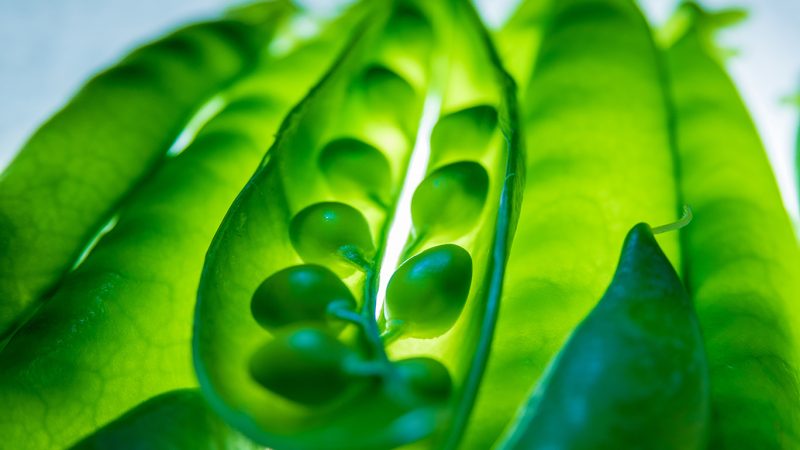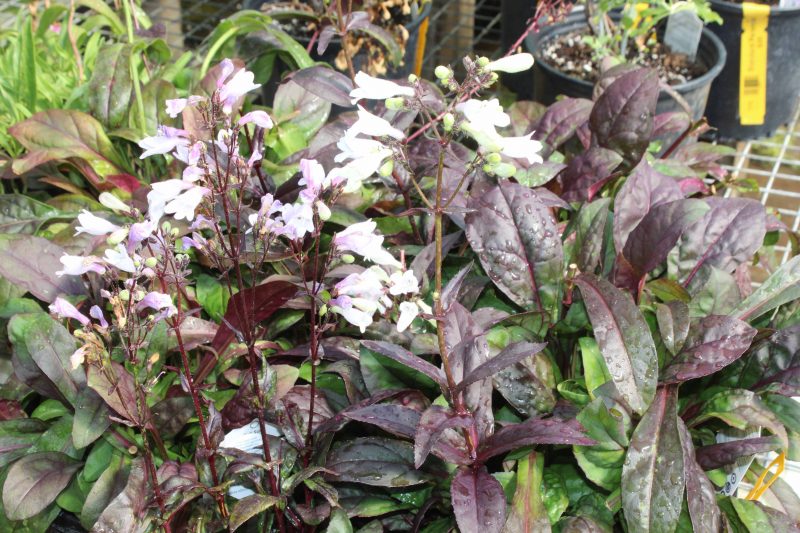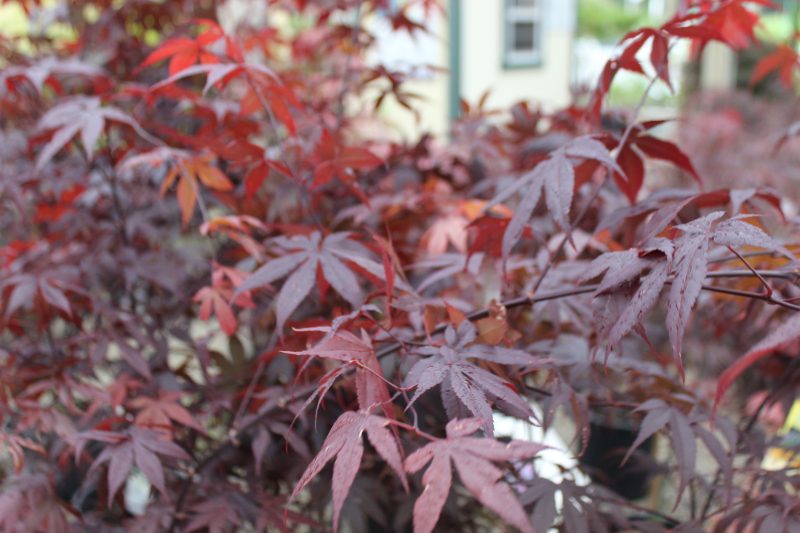
Symptoms
On tomato and eggplant, blossom-end rot usually begins as a small water-soaked area at the blossom end of the fruit This may appear while the fruit is green or during ripening. As the lesion develops, it enlarges, becomes sunken, and turns black and leathery. In severe cases, it may completely cover the lower half of the fruit, becoming flat or concave. Secondary pathogens commonly invade the lesion, often resulting in complete destruction of the infected fruit. On peppers, the affected area appears tan and is sometimes mistaken for sunscald, which is white. Secondary molds often colonize the affected area, resulting in a dark brown or black appearance. Blossom end rot also occurs on the sides of the pepper fruit near the blossom end.



